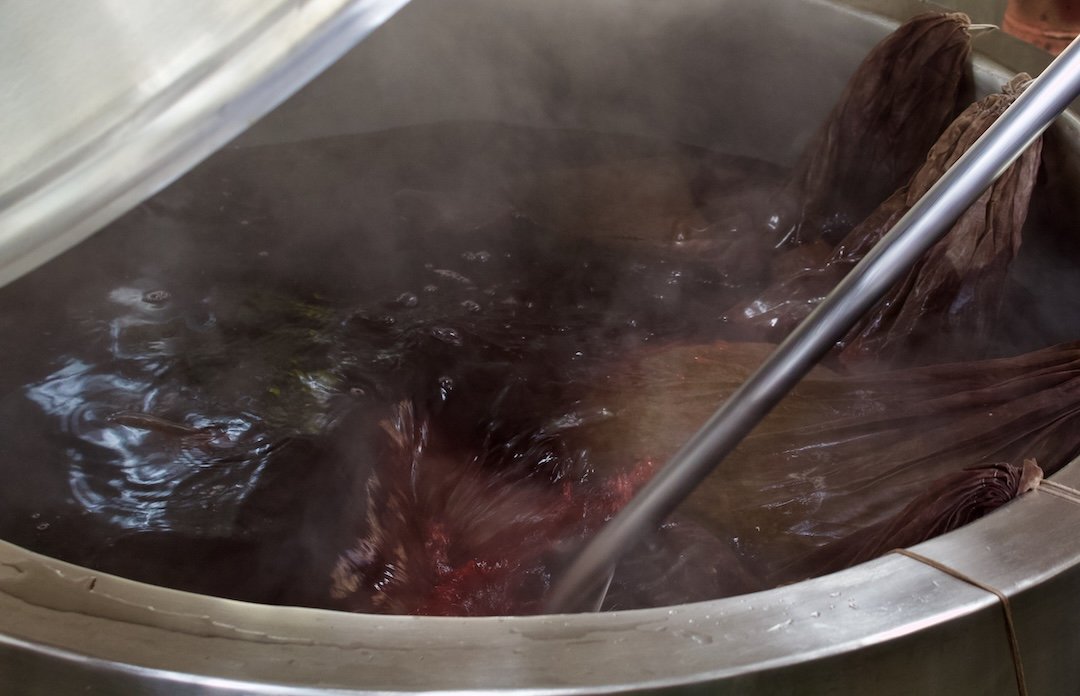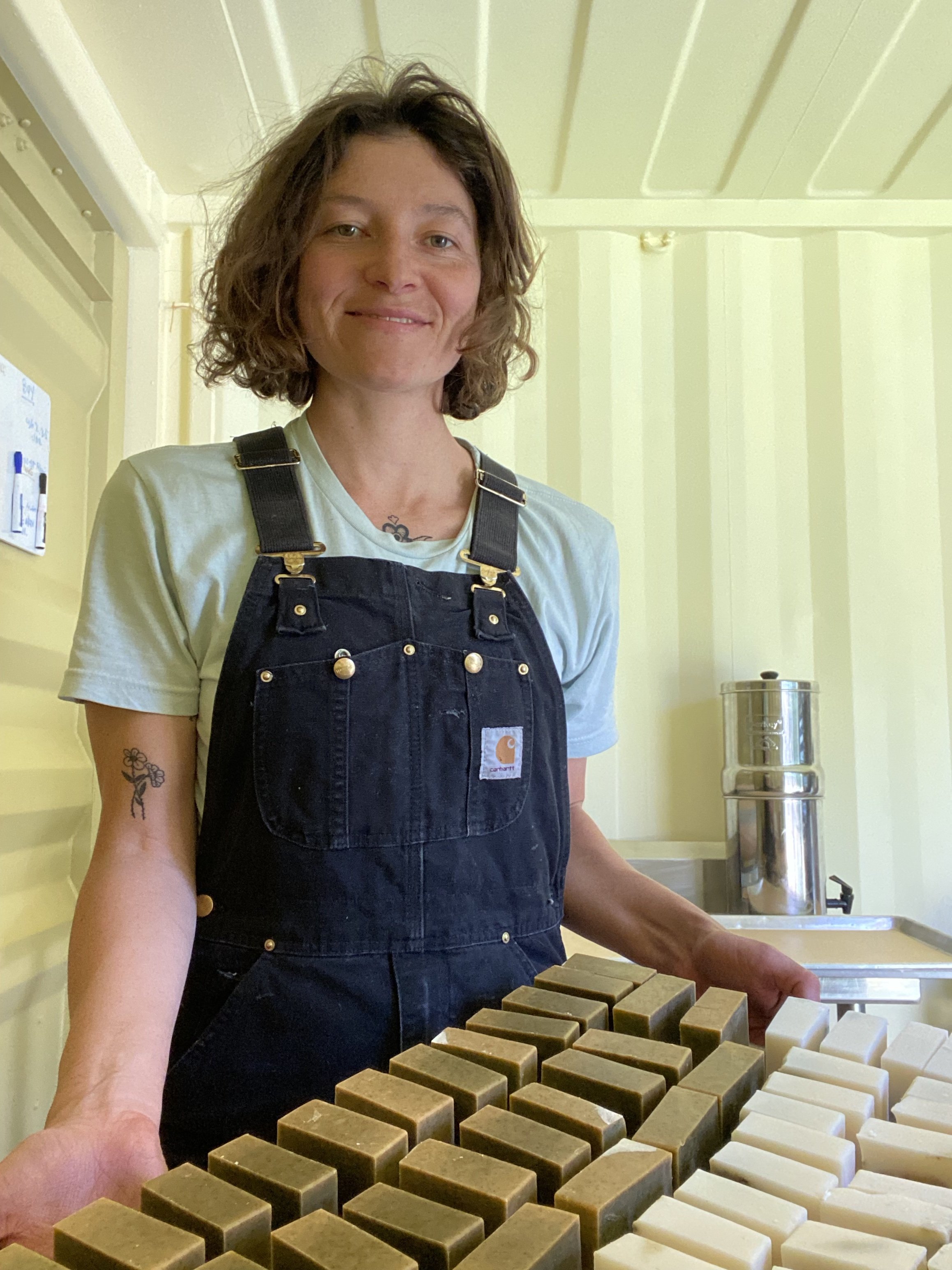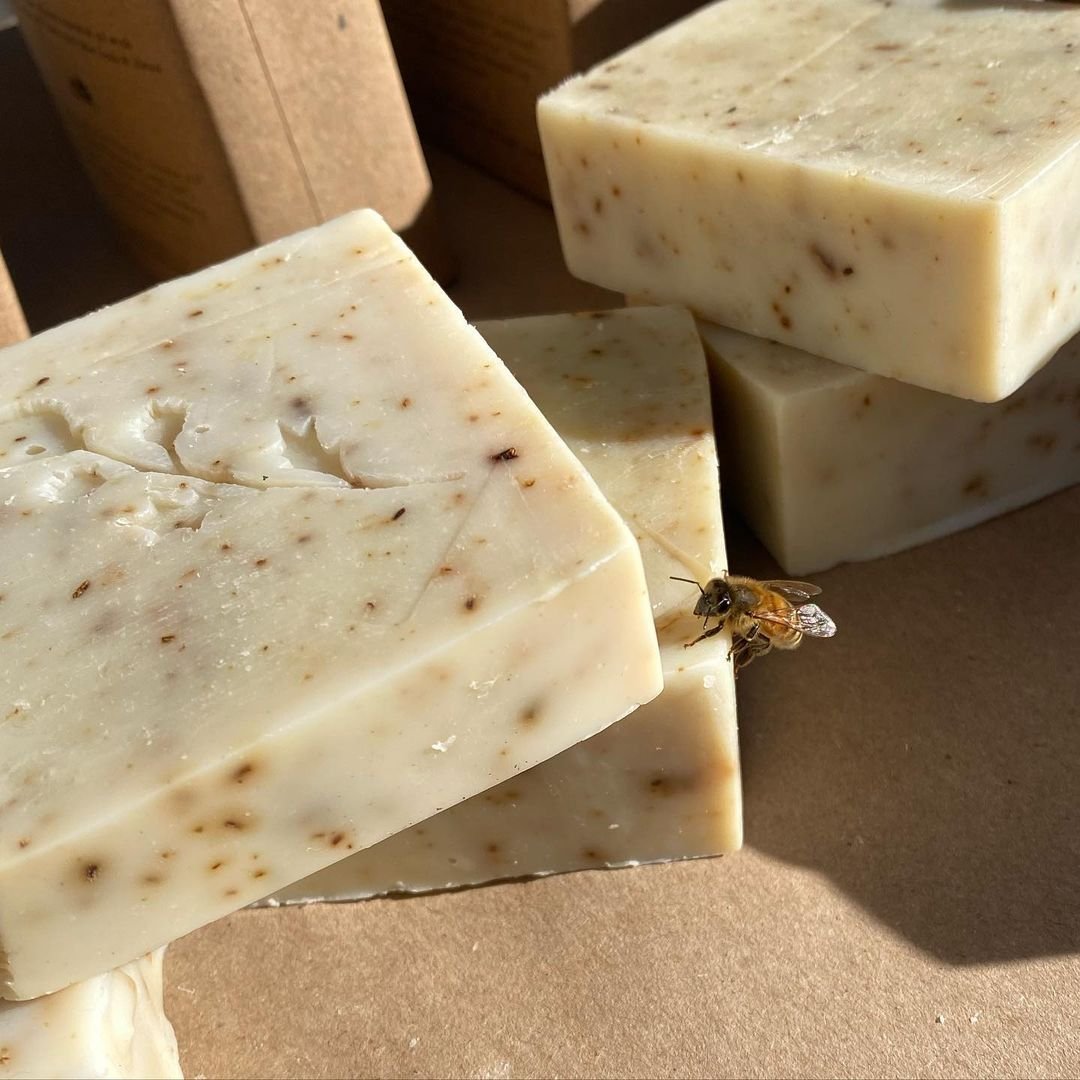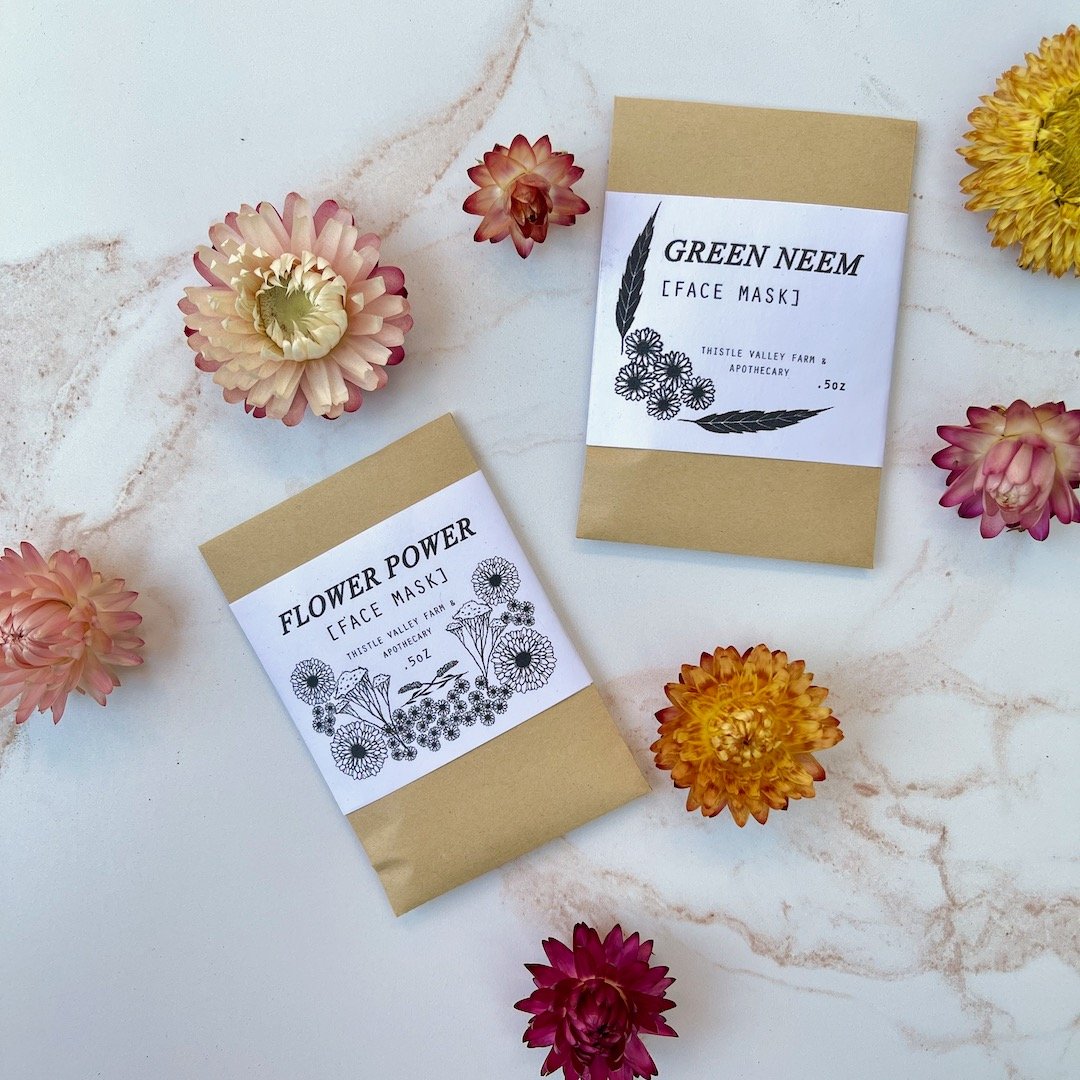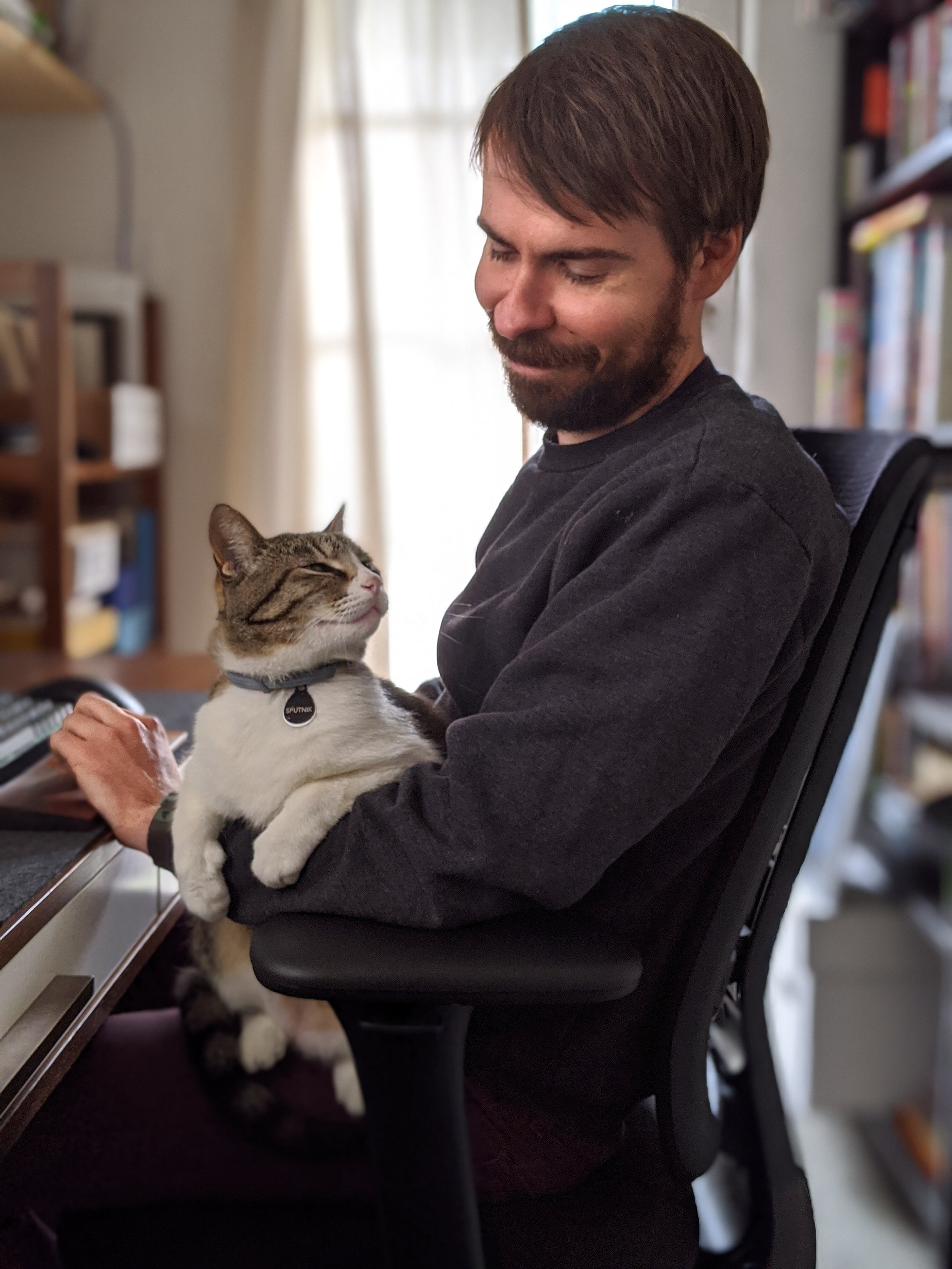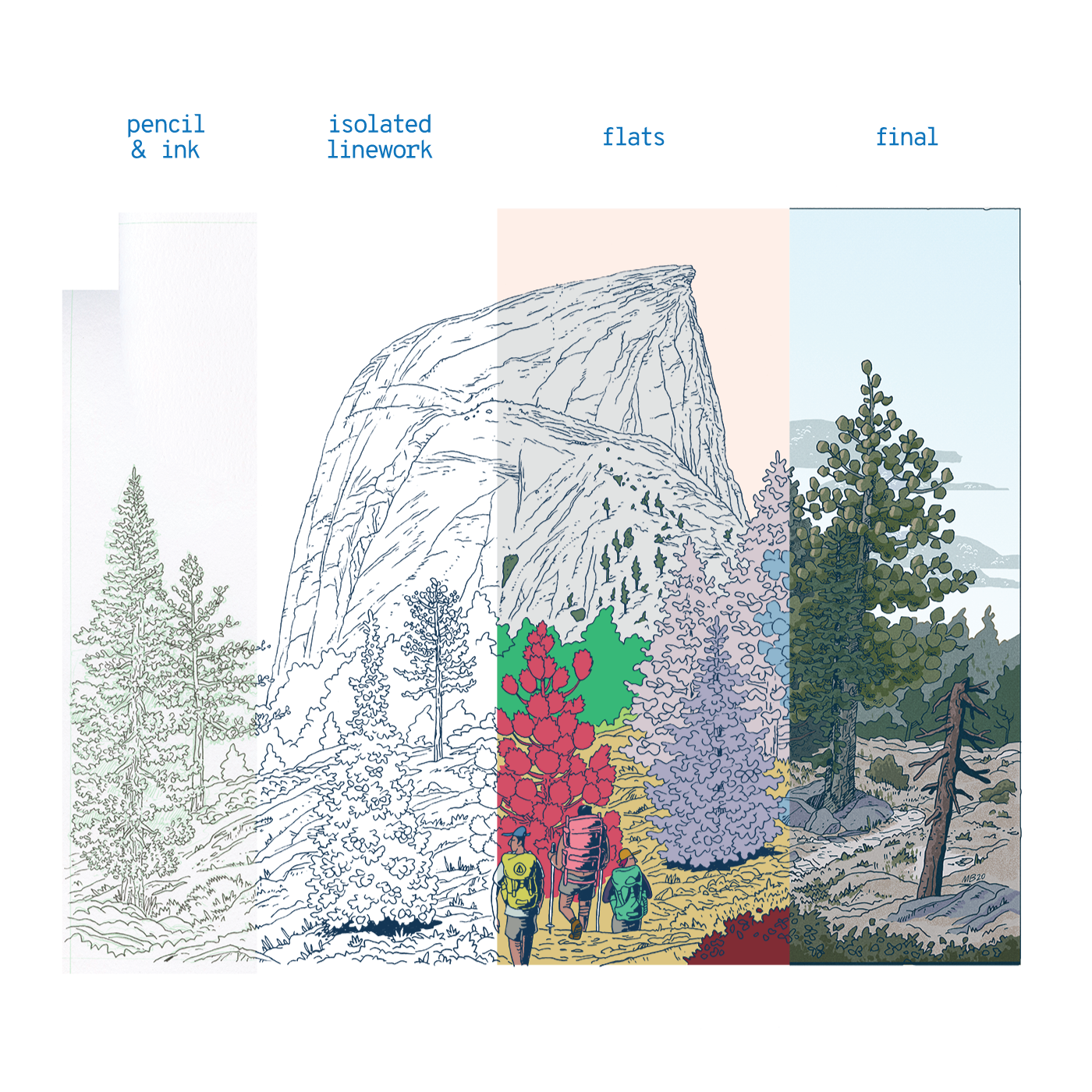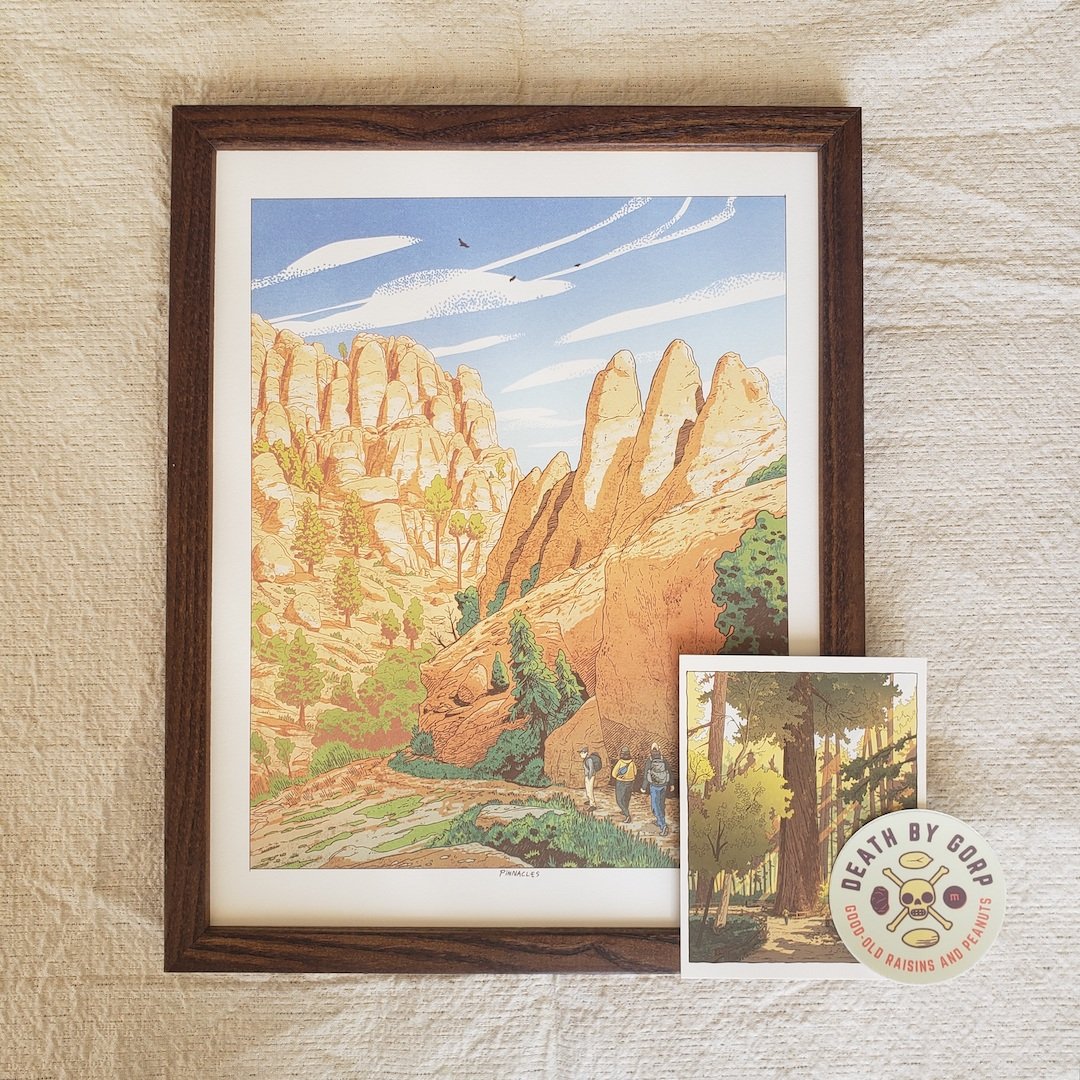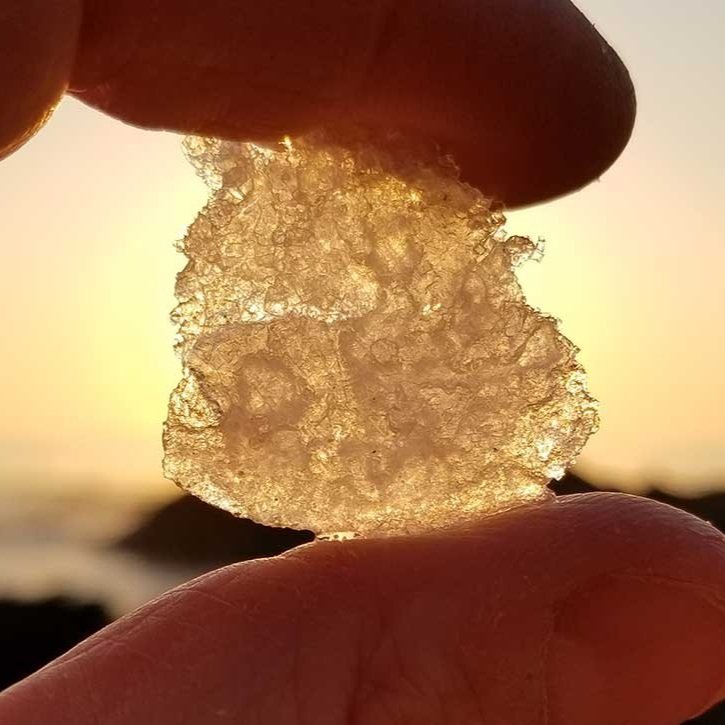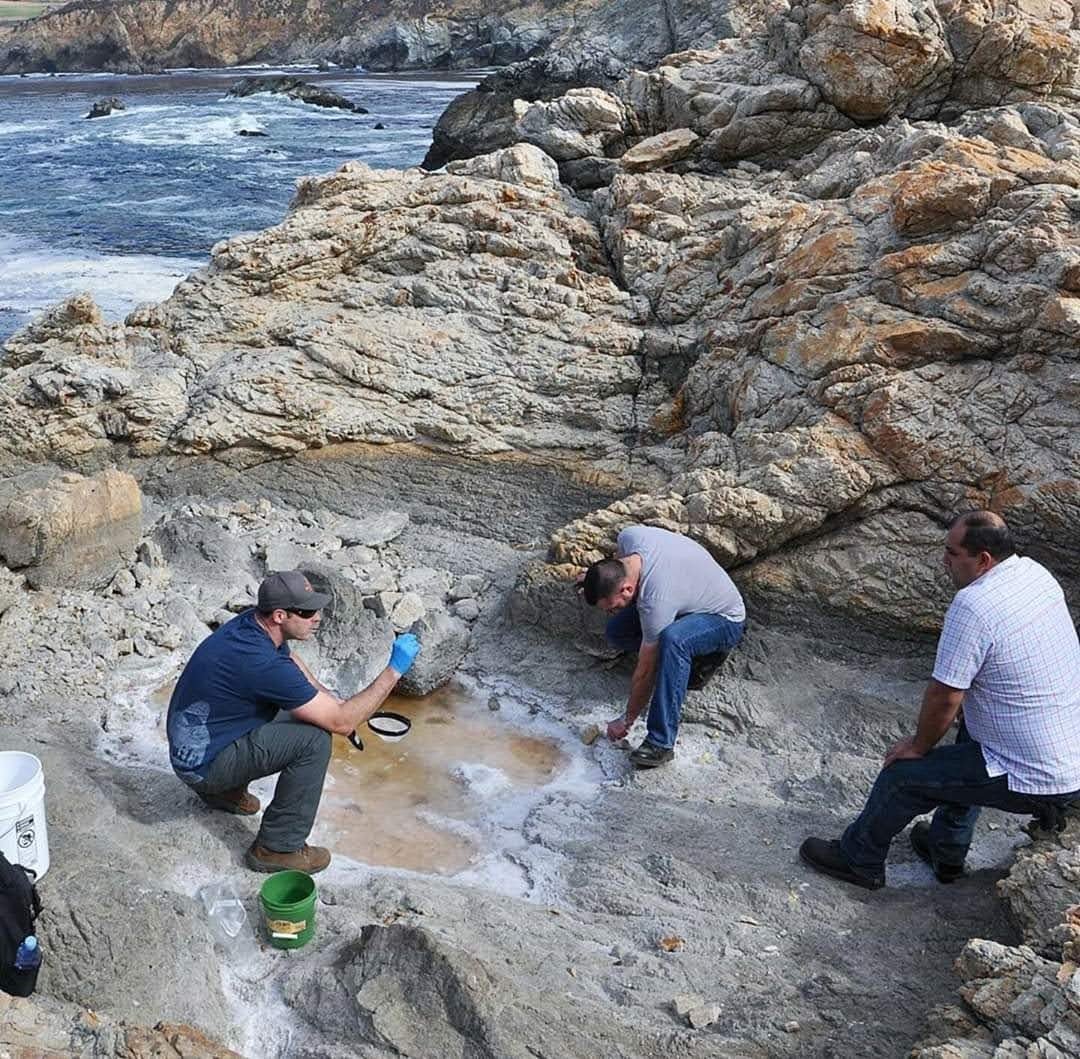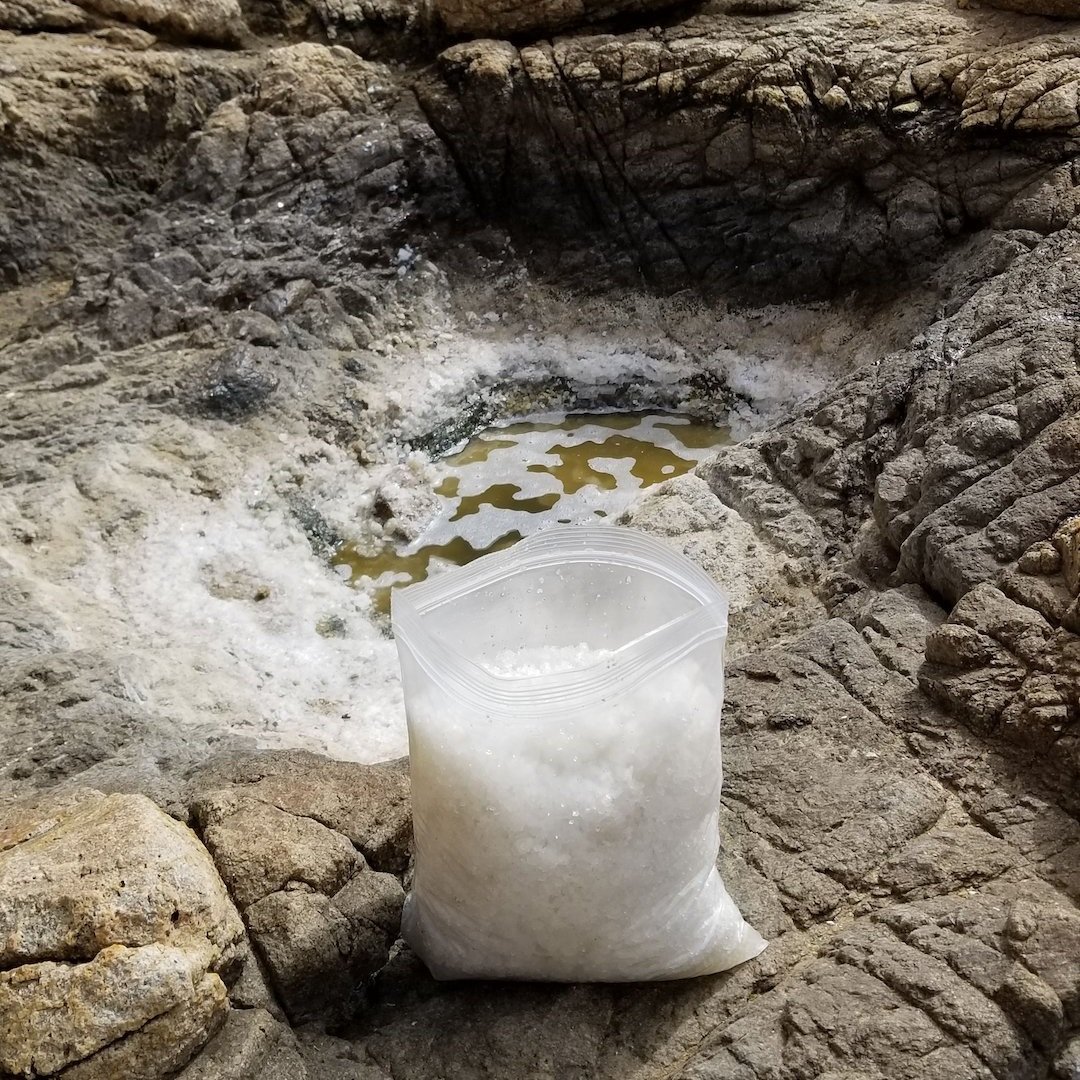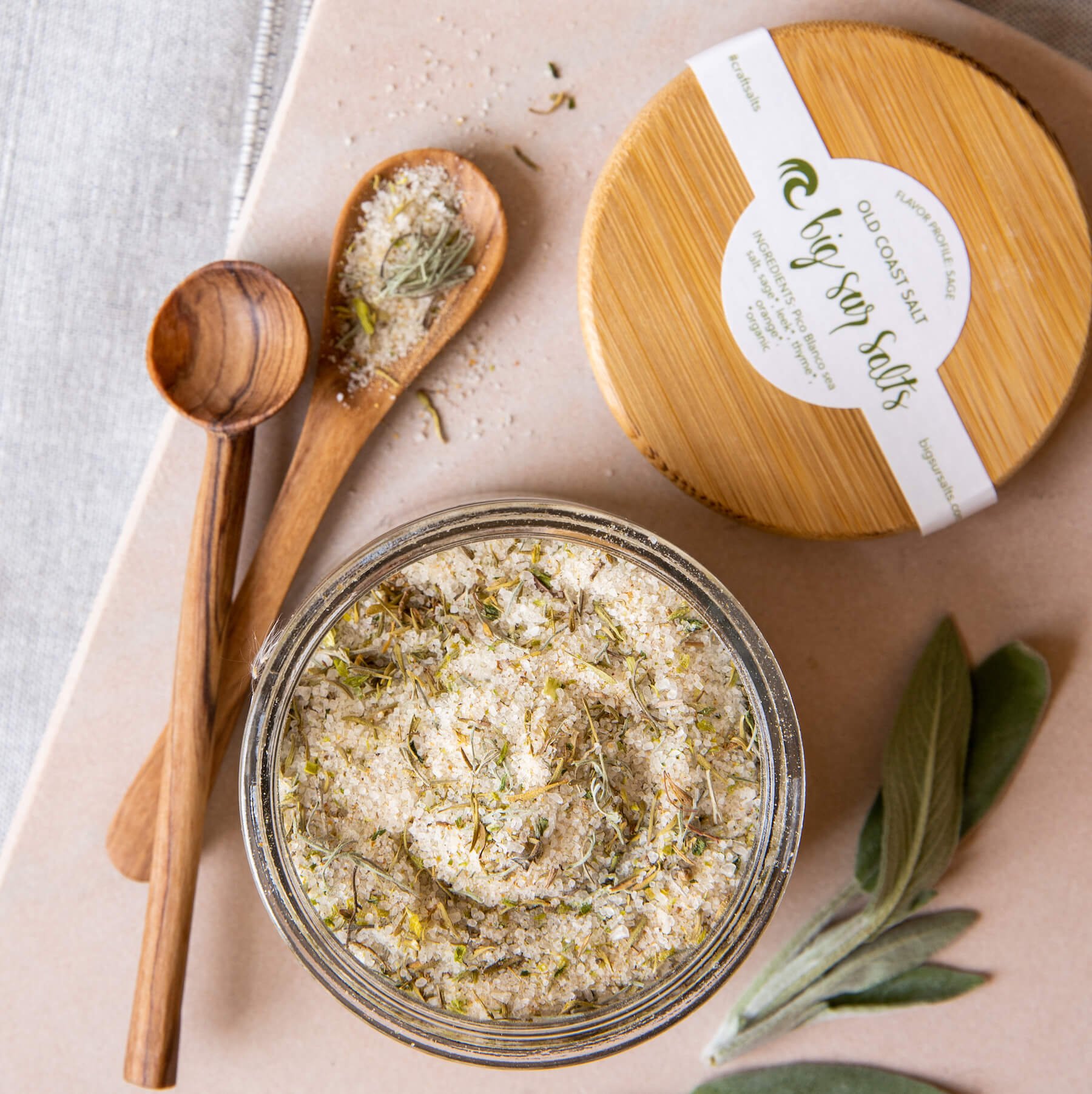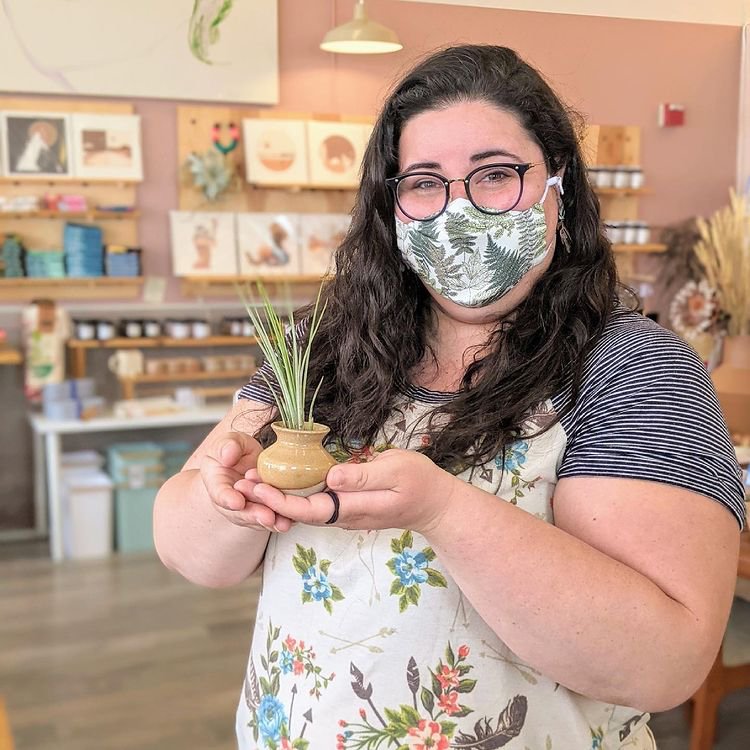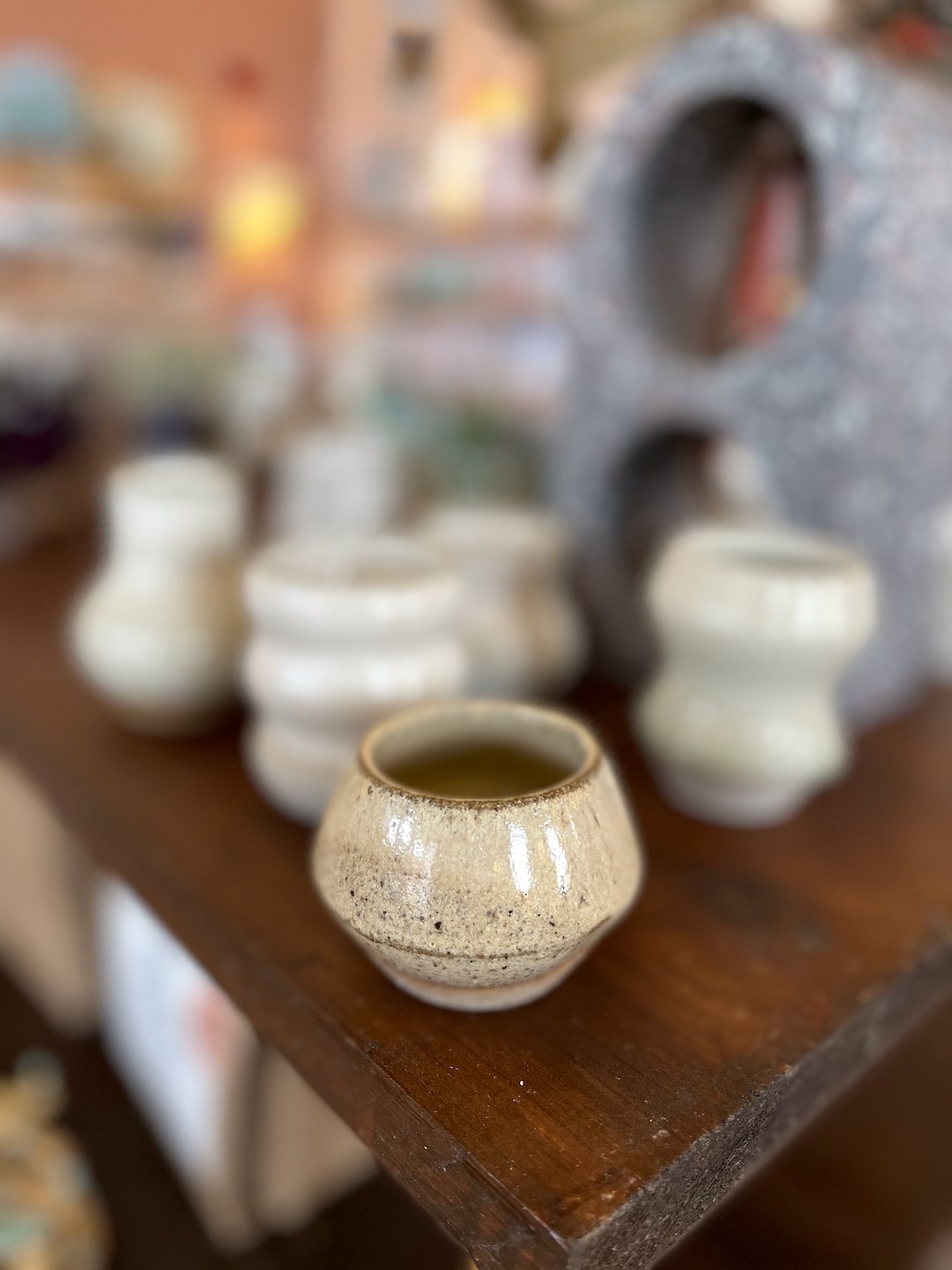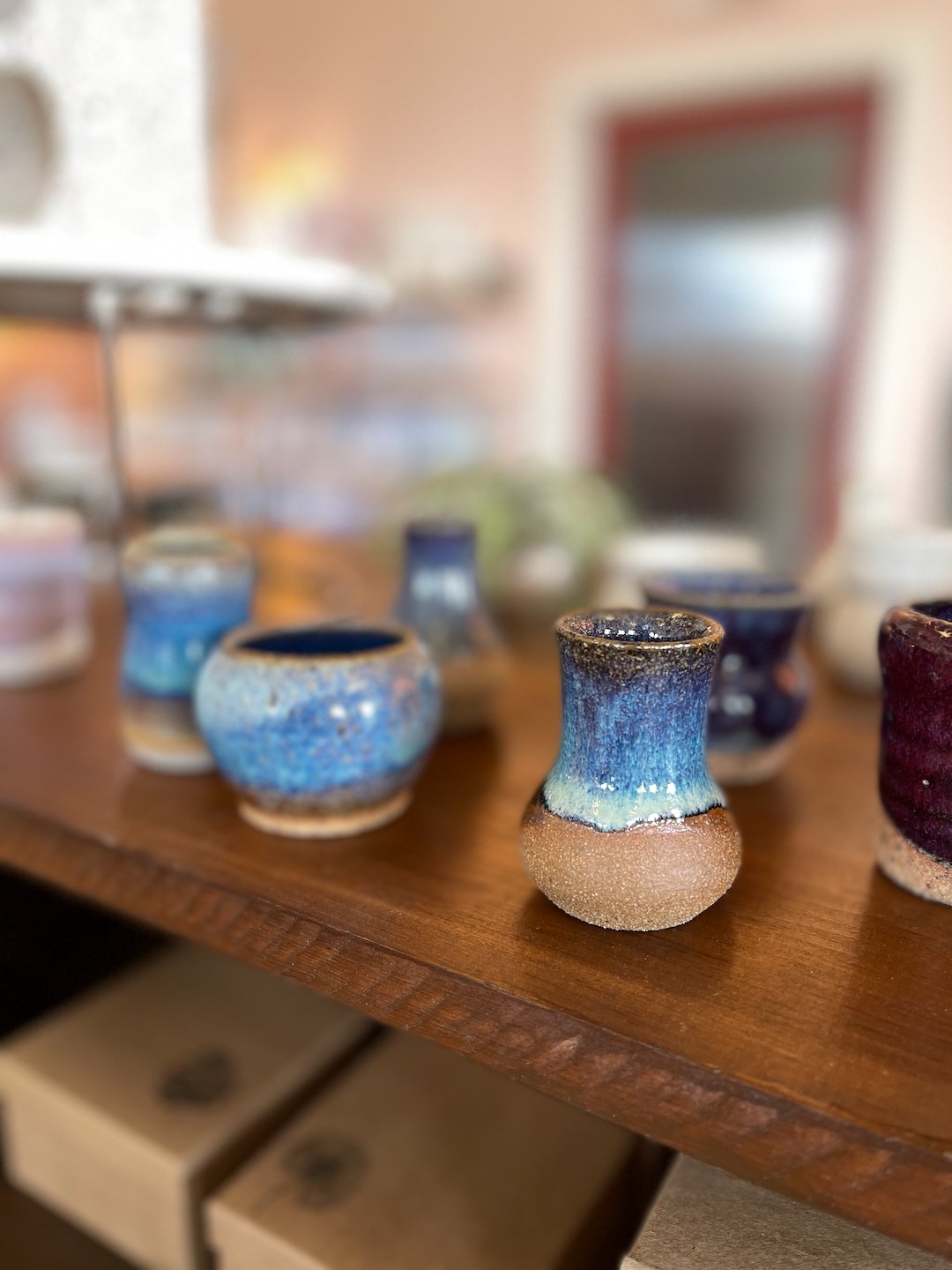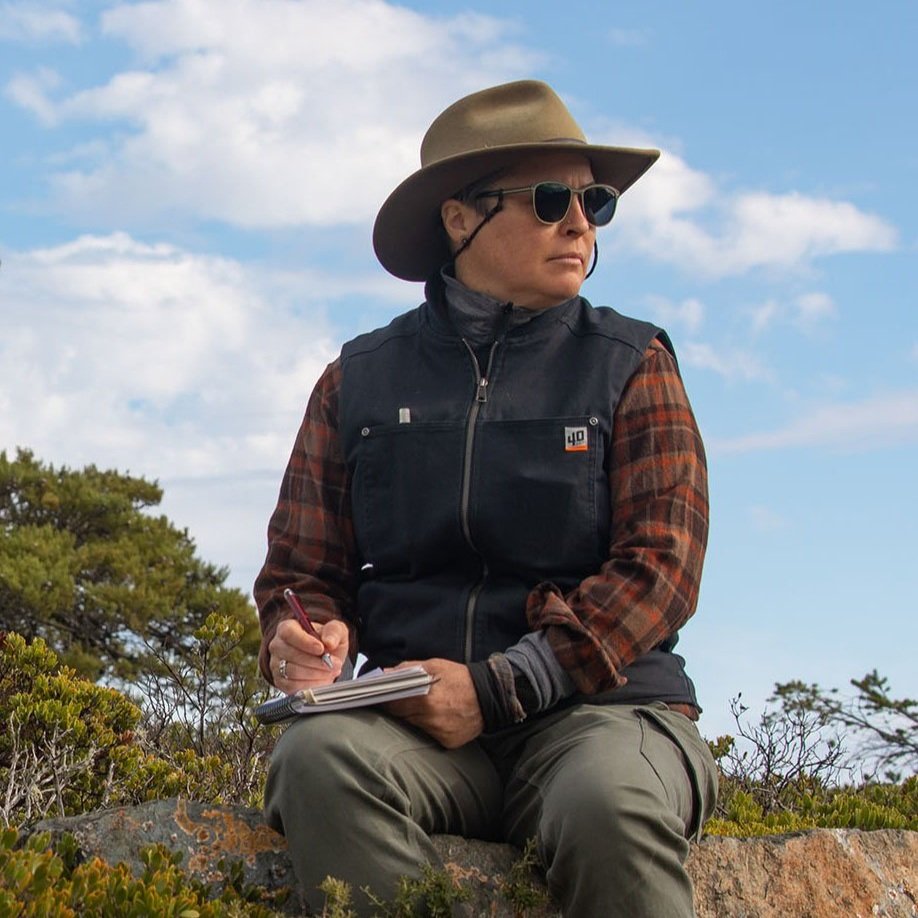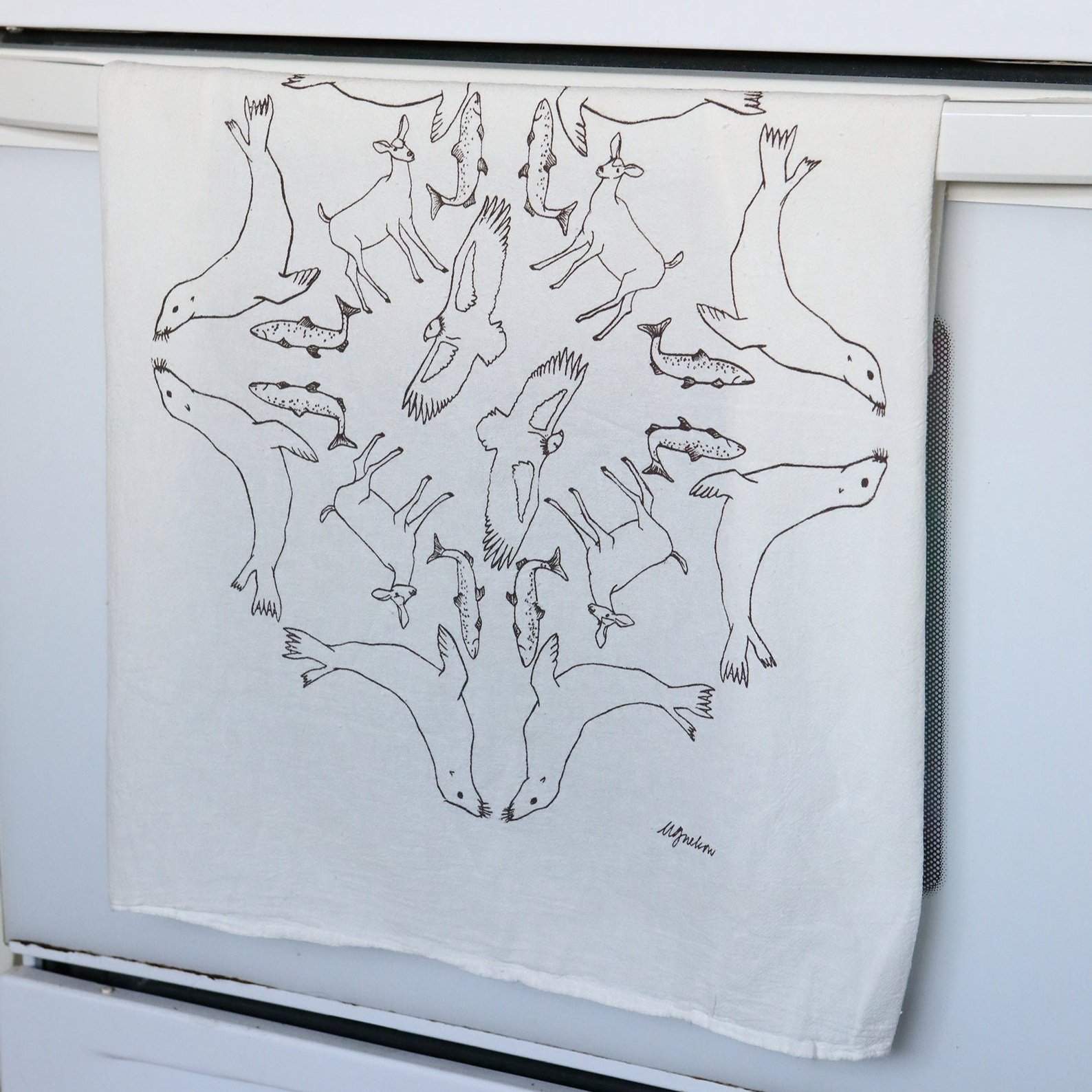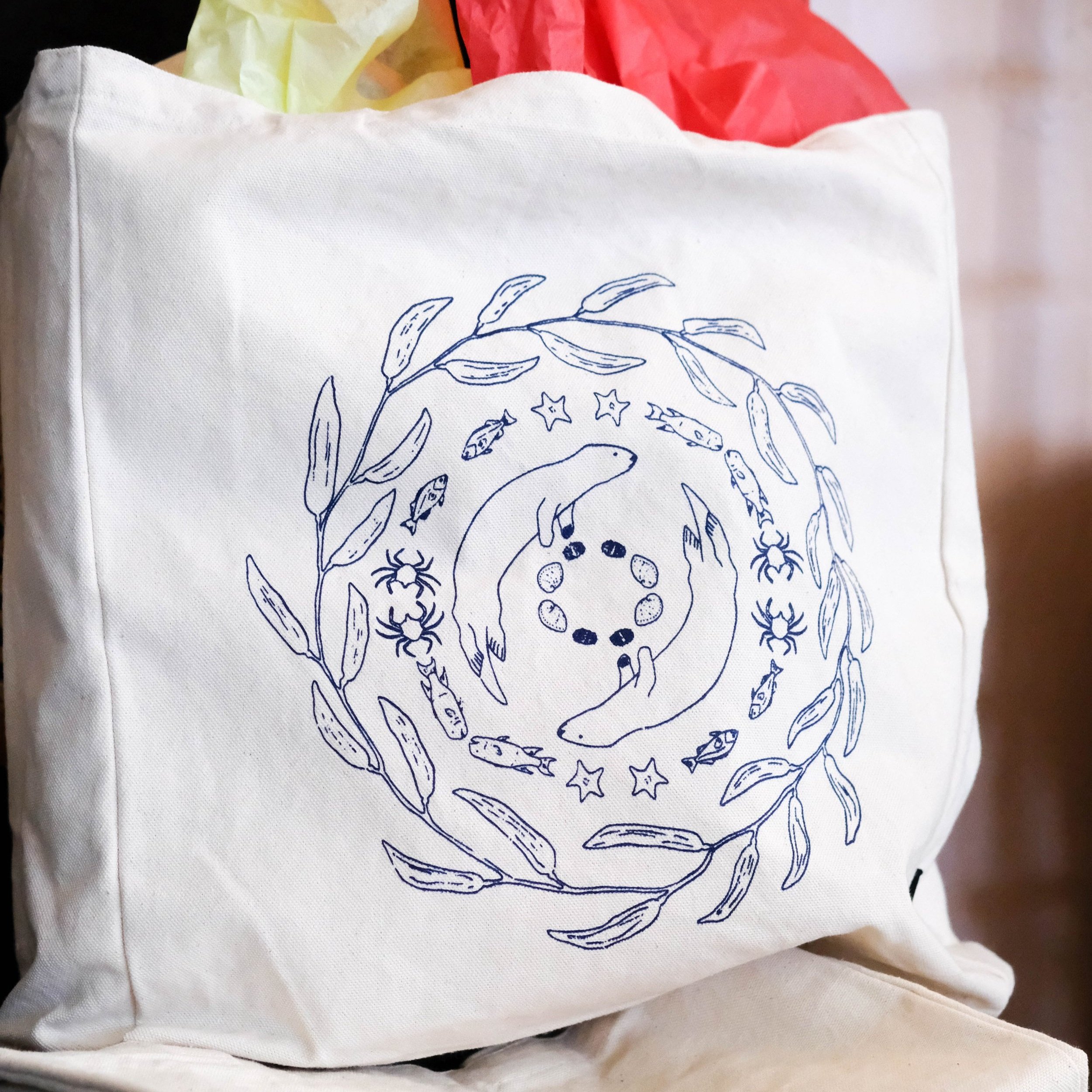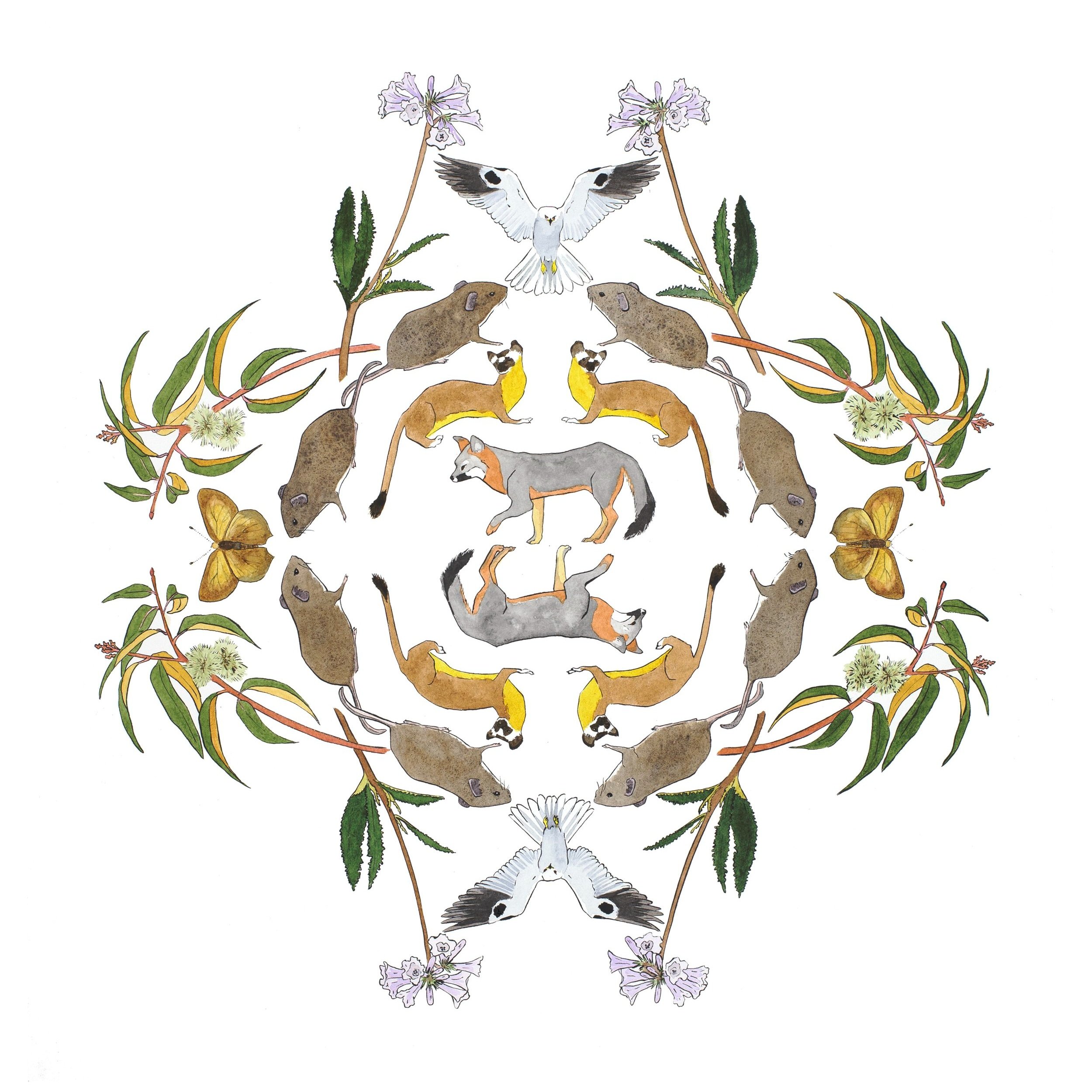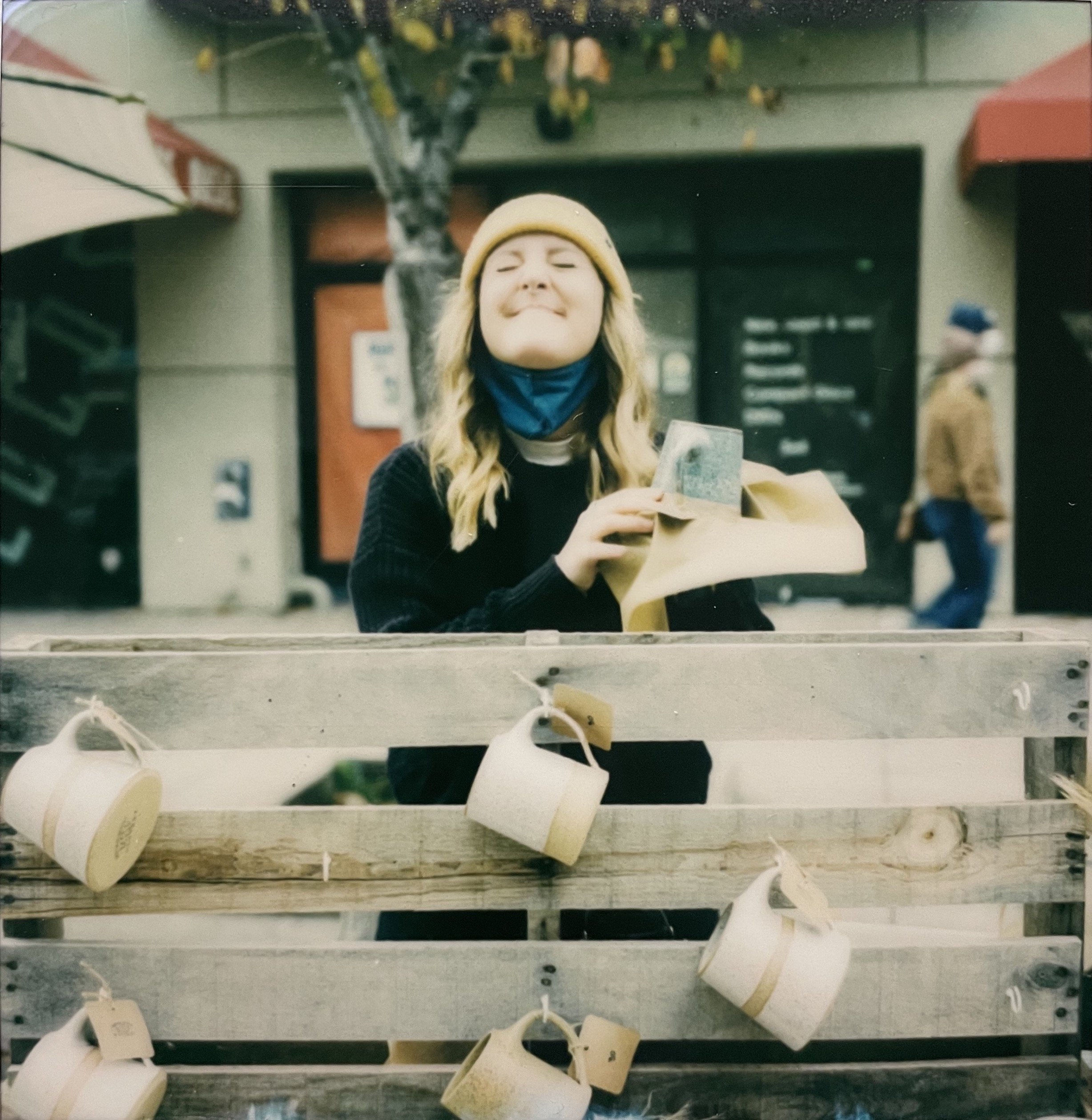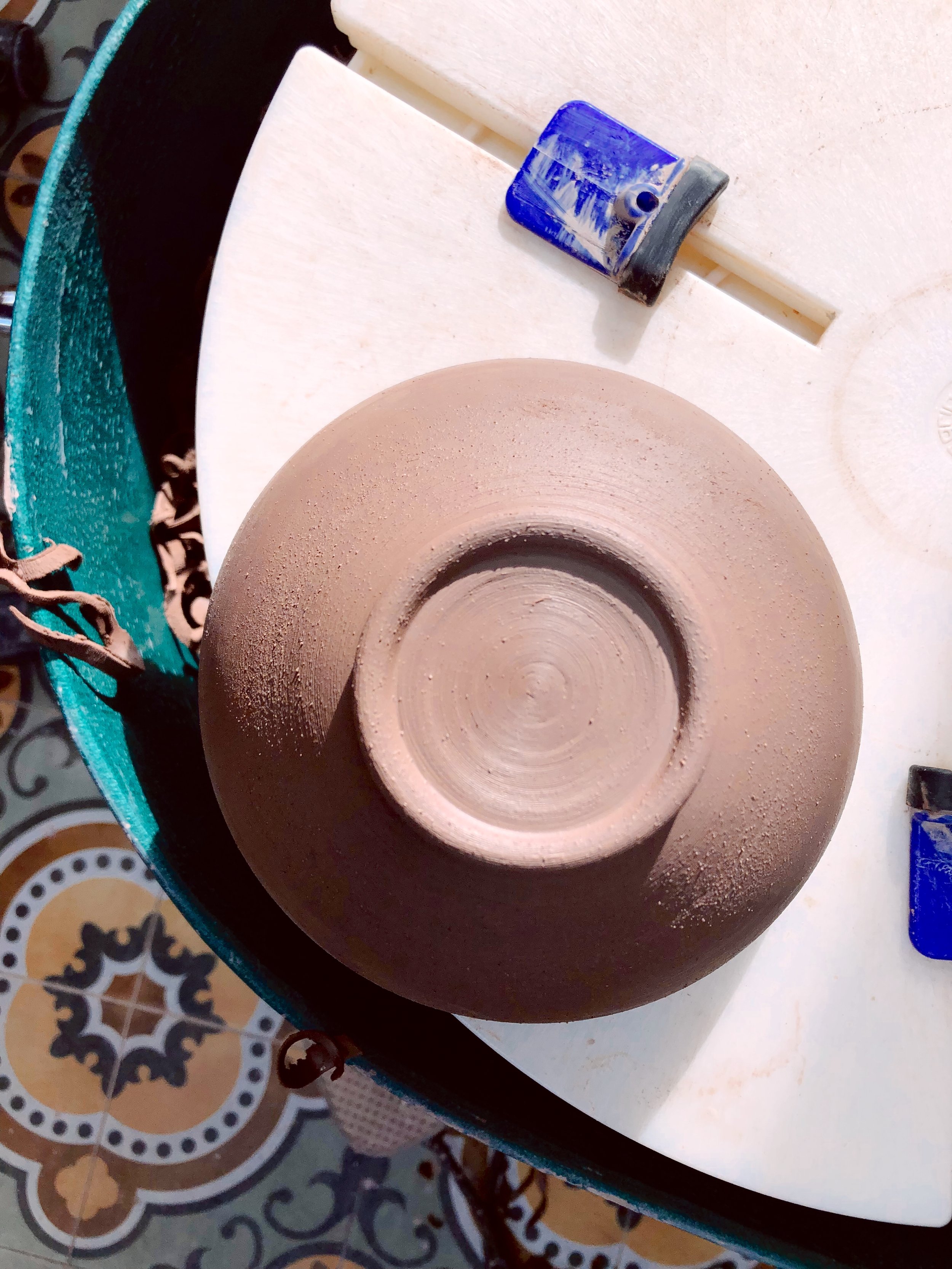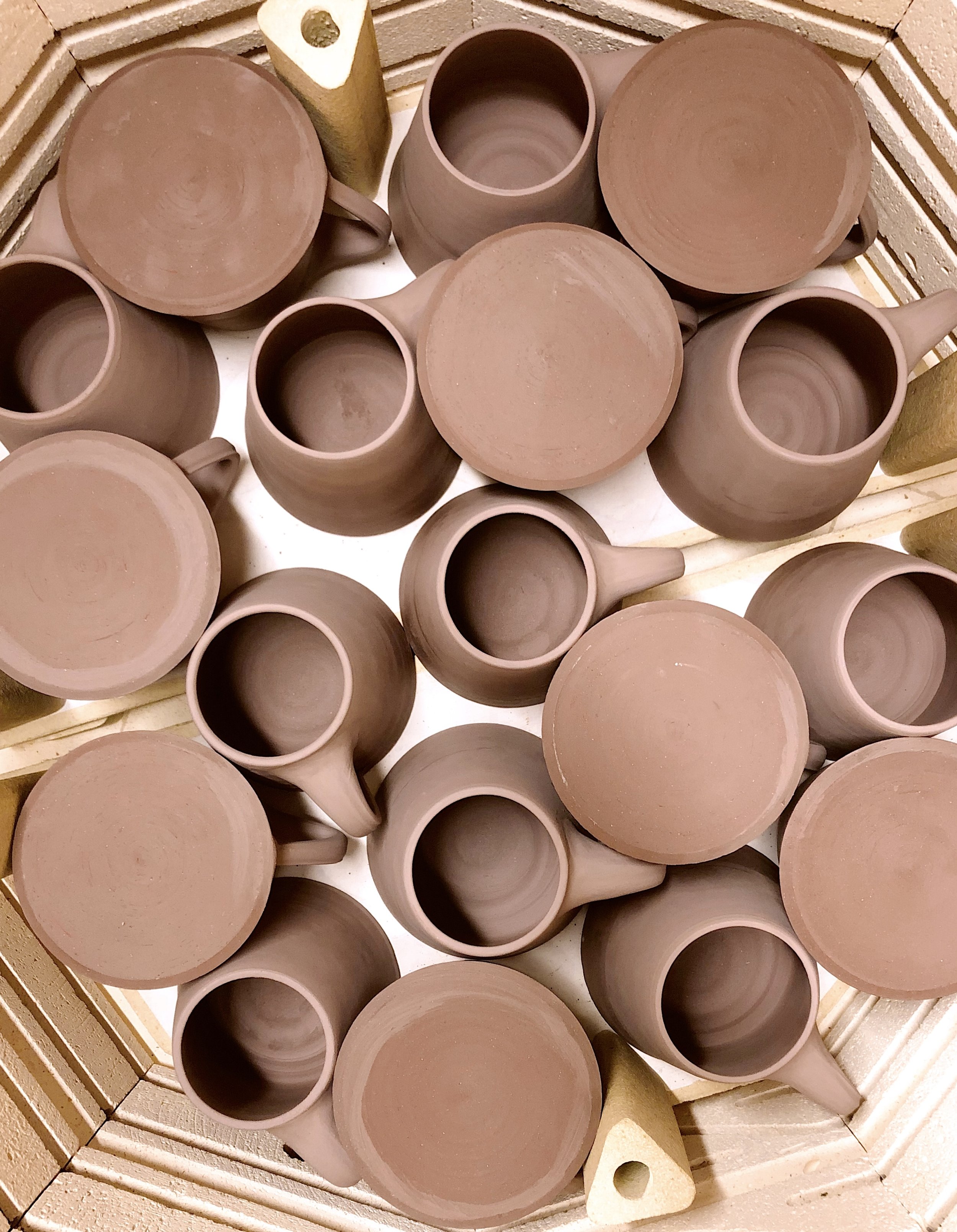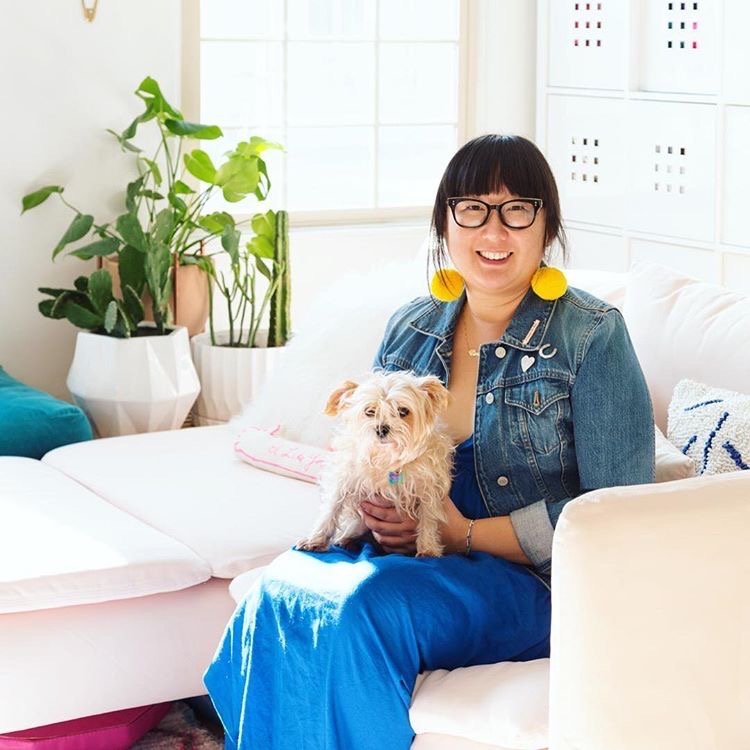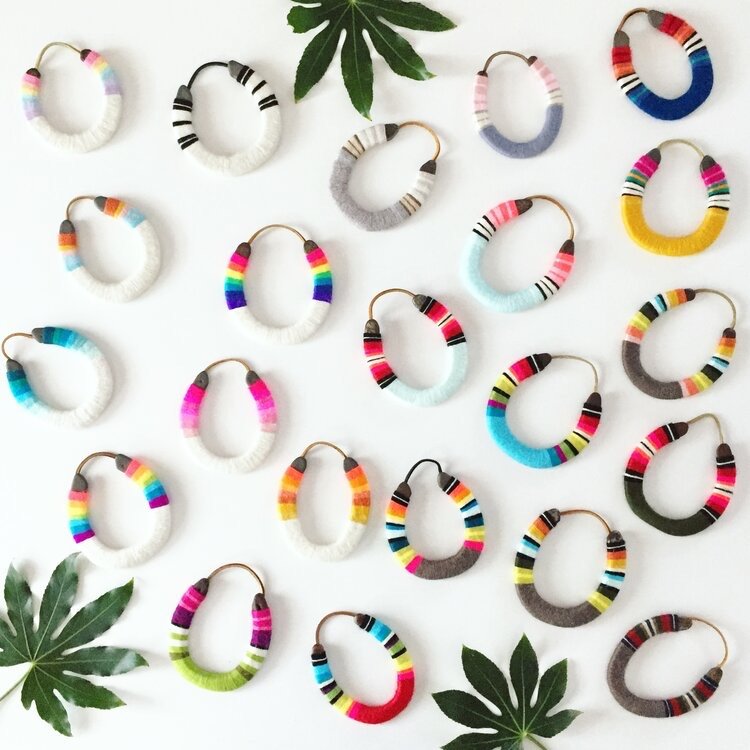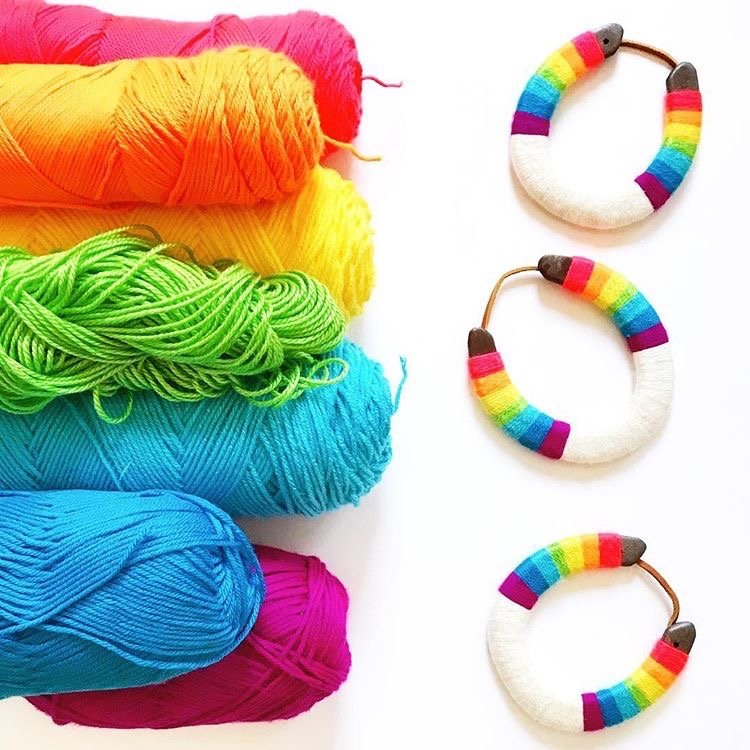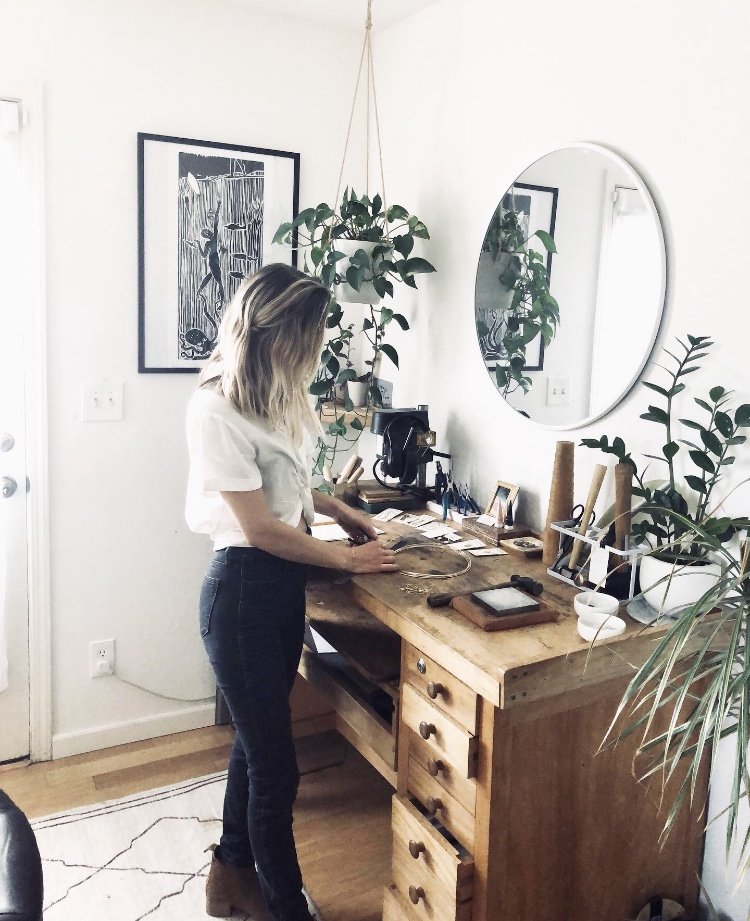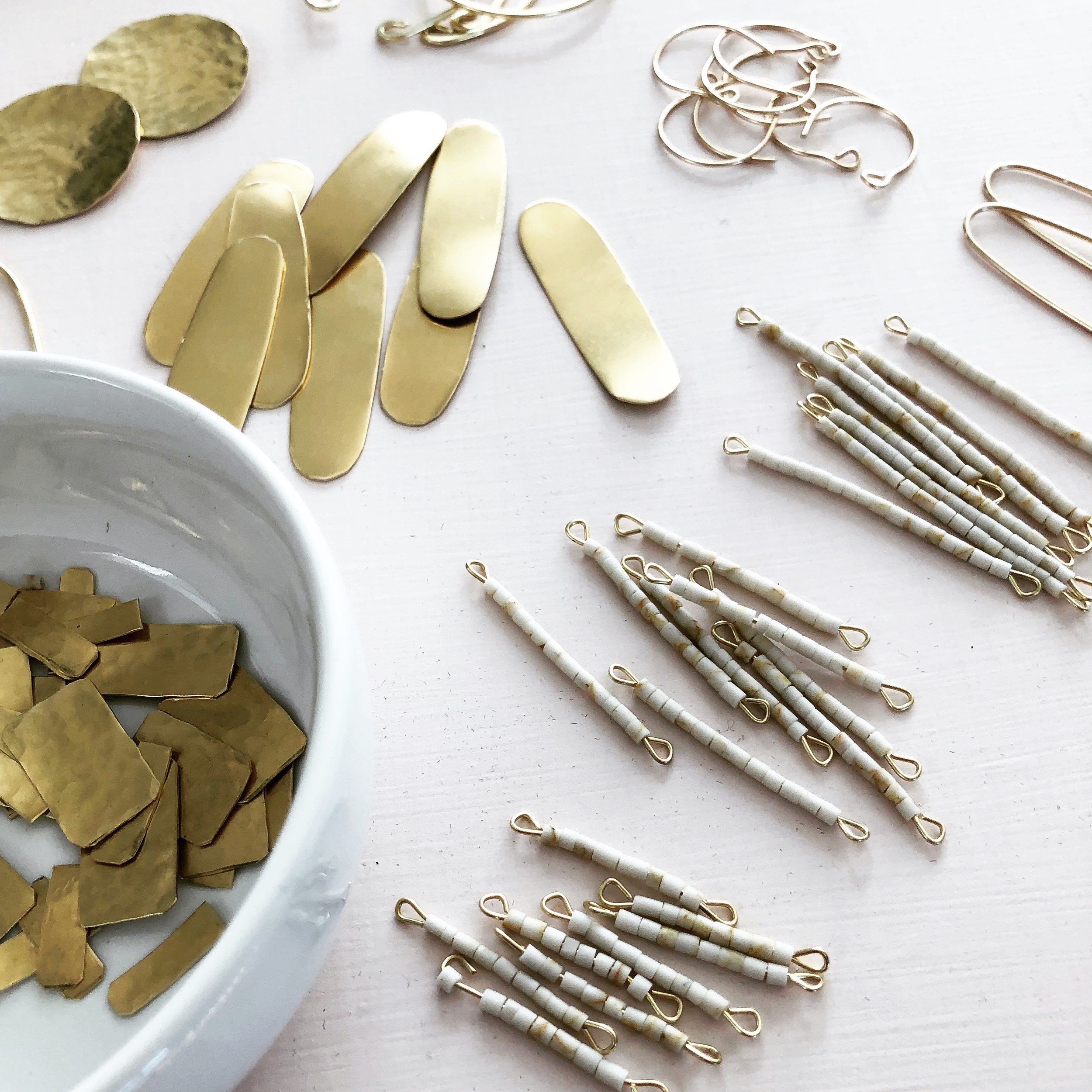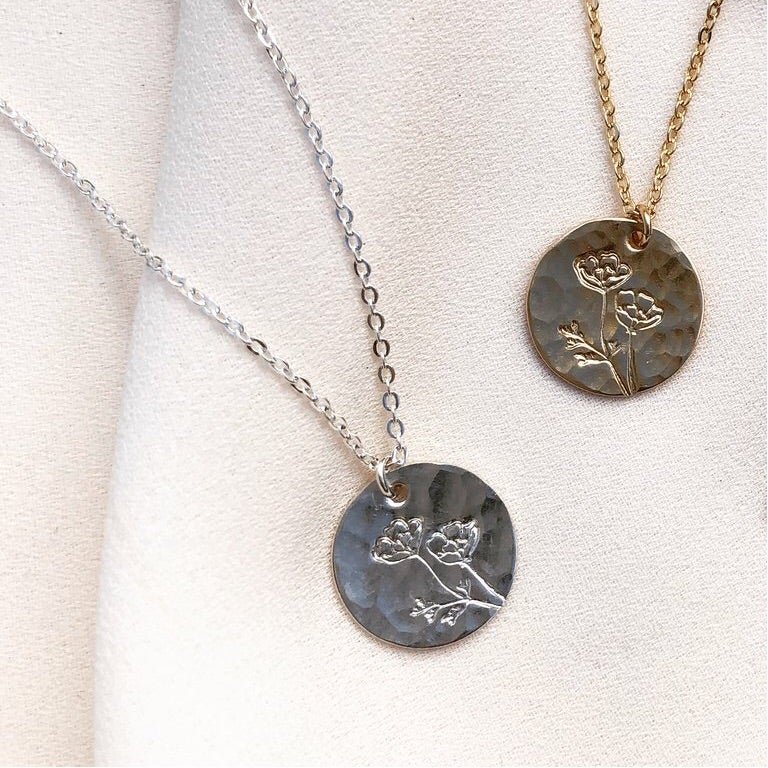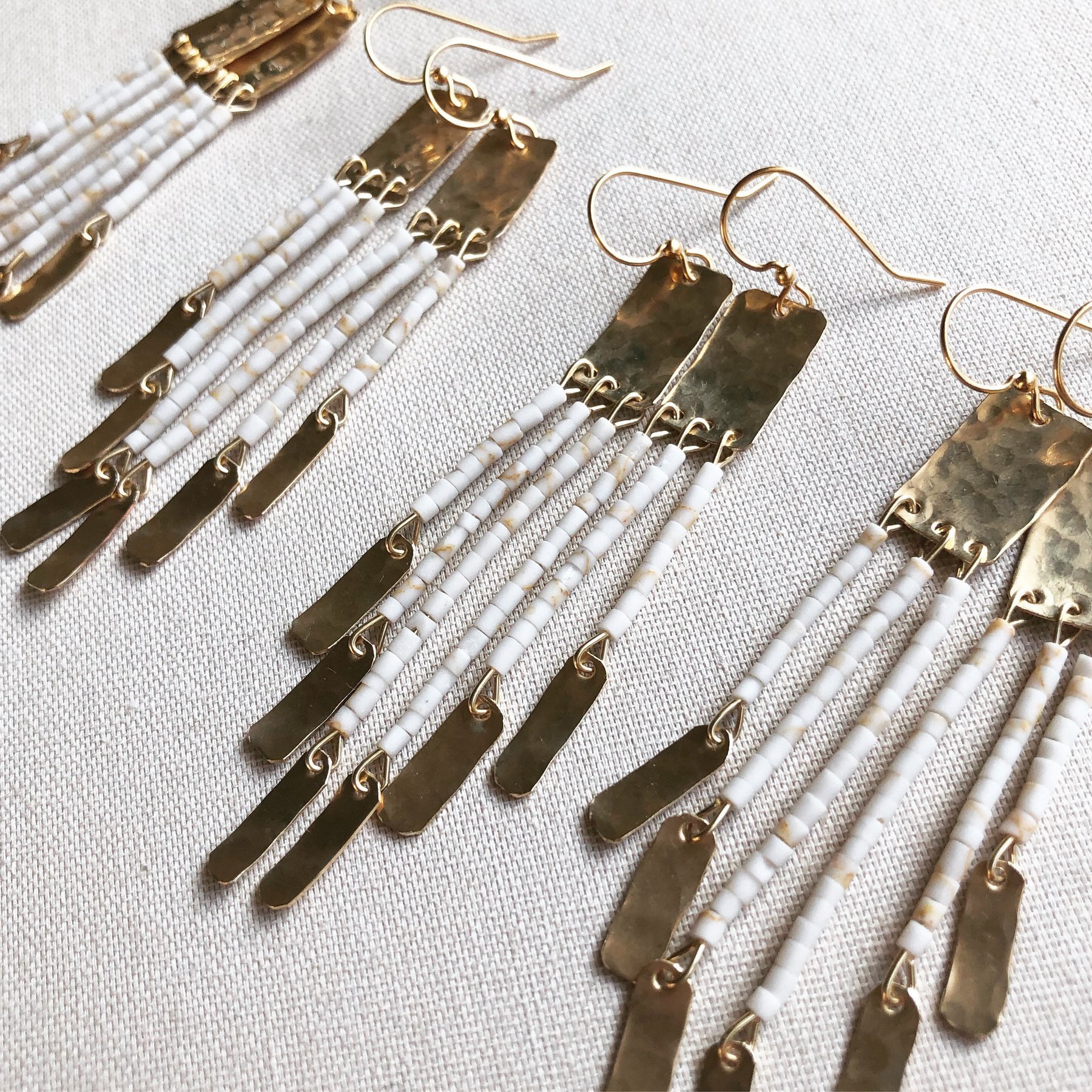In 2012, before mocktails became trendy, Portland Syrups co-founders Chris Onstad and Dan McLaughlin stopped drinking. Chris was working as a food critic at the time, dining at restaurants on both coasts as well as abroad and noticed there were very few non-alcoholic drink options outside of coffee, tea, or soda. With that in mind, Chris and Dan set out to create a beverage that could rival a nice cocktail minus the booze; a high-quality mocktail that could be served at either a Michelin star restaurant or your favorite local spot.
More than a decade later, the Portland Syrups team have developed three dozen flavors – from classics like Mojito and Margarita to more unique takes such as Hibiscus Cardamom and Mango Habañero. The team takes time with research and development, sometimes going through up to seven different iterations for a single flavor. The syrups are all brewed, bottled, labeled, boxed, and shipped from their facility in Southeast Oregon. The brewing process begins with sifting, sorting, and weighing whole herbs, spices, vegetables, and fruits. These ingredients are sourced locally and organic as much as possible. The ingredients are then chopped, crushed, juiced, or toasted and placed in large brewing bags. The bags are added to 10-100 gallon vats full of filtered water and left to steep for a minimum of one hour, but often much longer. Once steeped, the bag is removed and cane sugar is added. This mixture is then brought to a specific temperature and hot-filled into their glass bottles. Once cooled the bottles are labeled. The end result is a concentrated syrup ready for you to add soda water to make it a mocktail or alcohol for an easy at home cocktail.
To help reduce the overall footprint of the beverage industry, the team at Portland Syrups made a conscious choice to bottle in glass and to create concentrates rather than ready-to-drink single serve packages. The added bonus is that you can adjust the flavor level in your drinks and get more bang for your buck. Cheers!




